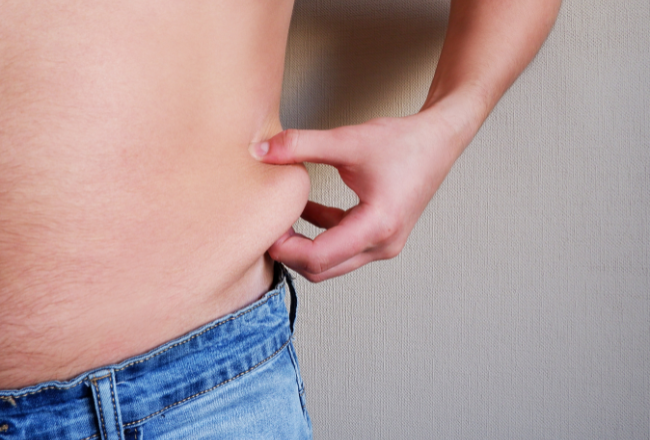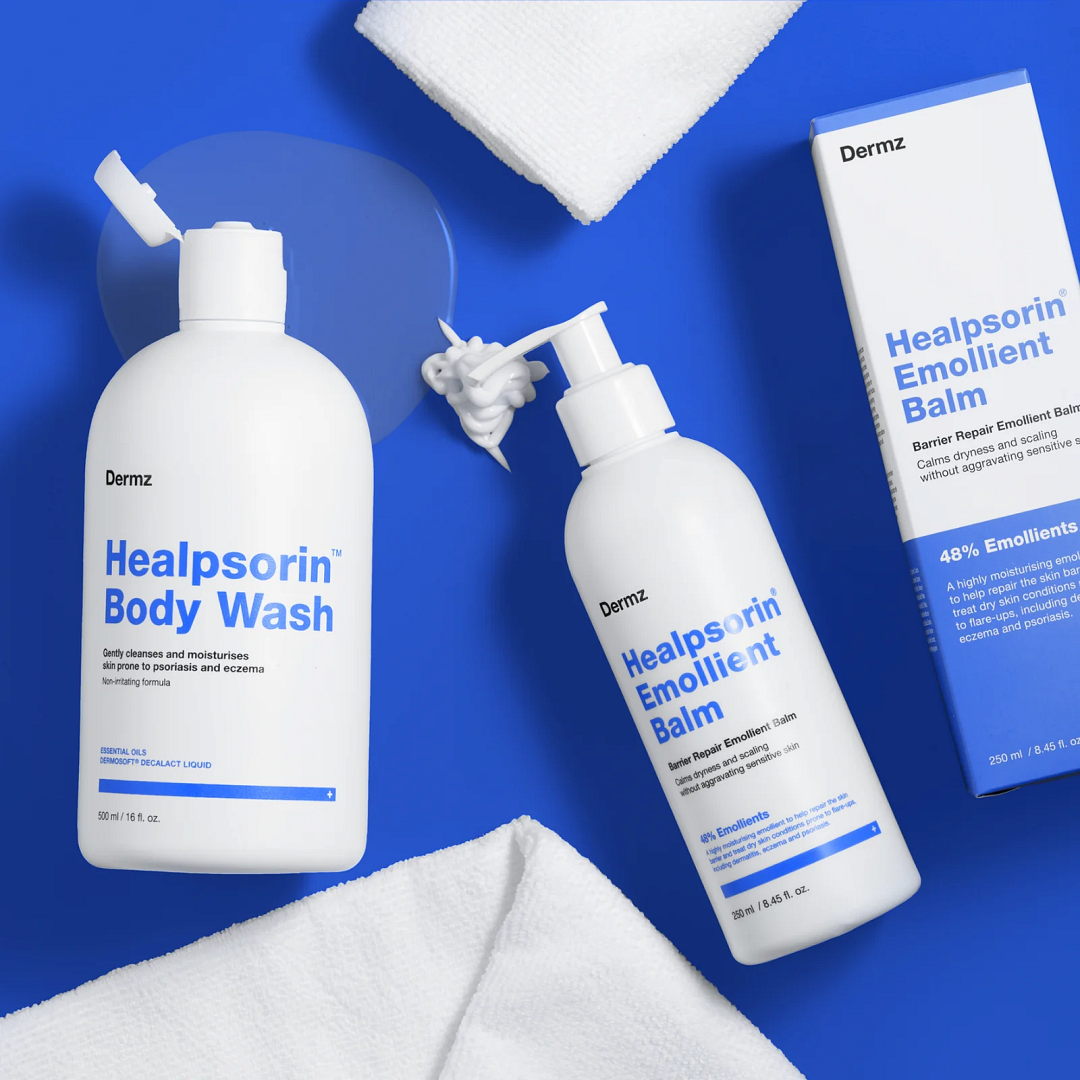The way you appear in pictures can be influenced by factors like camera angles, lighting, and poses, which may not always accurately represent your actual appearance.
It’s essential to recognize that your perception of looking “fat” in photos may not reflect your actual body size or shape.
- Camera angles and distortion can alter your appearance in photos.
- Lighting and shadows exert a substantial influence on your appearance.
- Clothing choices can affect how you appear in pictures.
- Self-perception in photos may differ from your mirror image.
- Posing and body positioning can influence your photo appearance.
- Embracing body confidence is key to feeling comfortable in photos.
Factors Influencing Photo Appearance

Camera Lenses and Distortion:
- Focal Length: Different camera lenses have varying focal lengths, which can affect how subjects appear in photos.
Wide-angle lenses can distort facial features when used up close, making noses and other features appear larger, while telephoto lenses can compress facial features, making them appear flatter.
- Barrel Distortion and Pincushion Distortion: Some lenses may exhibit distortion, such as barrel distortion (outward bulging) or pincushion distortion (inward pinching), which can affect the straightness of lines and shapes in photos.
The Role of Pose, Angle, and Body Positioning:
- Pose and Body Language: The way you pose and carry yourself in a photo can greatly impact how you appear. For example, standing up straight can make you appear taller and more confident, while slouching may have the opposite effect.
- Angles: The angle from which a photo is taken can change how you look. For example, shooting from a lower angle can make someone appear taller and more dominant, while a higher angle can make them look smaller and less imposing.
The Impact of Lighting and Shadows:
- Direction of Light: The direction of light in a photo can create highlights and shadows on your face and body.
Front lighting can reduce shadows and create a flattering, even appearance, while side or backlighting can add depth and drama but may reveal imperfections.
- Quality of Light: Soft, diffused light tends to be more flattering, as it minimizes harsh shadows and creates a smoother appearance. Harsh, direct light can accentuate imperfections and lines on the face.
How Clothing Choices Affect Your Appearance:
- Color: The color of your clothing can influence how you appear in photos. Dark colors can have a slimming effect, while bright colors can draw attention to specific areas.
- Fit: Well-fitting clothing can emphasize your body’s shape and make you appear more put together, while ill-fitting clothing can have the opposite effect.
- Style and Pattern: Your clothing’s style and pattern, in conjunction with lighting and shadows, have a combined effect on your overall appearance.
- For example, vertical stripes can create the illusion of height, while horizontal stripes can make you appear wider.
Understanding and leveraging these factors can help you take more flattering photos and project the desired image in your pictures.
Perception vs. Reality
The Difference Between How We See Ourselves in the Mirror and How We Look in Photos:
- Mirror Reflection: When we look at ourselves in a mirror, we see a reversed or mirrored image of ourselves. This is the image we are most accustomed to, and it tends to be more flattering because it’s how we’re used to perceiving ourselves.
- Photos: Photos capture an unflipped, true-to-life image of us. The way we appear in photos can sometimes be different from what we see in the mirror due to the absence of the mirror’s mirroring effect.
The influence of camera settings, and the factors mentioned in the previous section (e.g., camera lenses, lighting, angles).
The Importance of Body Confidence and Self-Acceptance:
Body Confidence: Body confidence involves feeling positive and comfortable with your body, regardless of its perceived imperfections or variations from societal beauty standards.
Developing body confidence can lead to improved mental and emotional well-being.
Self-acceptance: Self-acceptance is about embracing and loving yourself for who you are, both inside and out.
It means acknowledging and valuing your unique qualities, including your appearance, and not seeking validation solely from external sources.
Media and Societal Influence: Media, including magazines, advertisements, and social media, often project unrealistic beauty standards, leading many individuals to compare themselves to these ideals.
Such situations may lead to a sense of inadequacy and diminished self-esteem.
Fostering a Positive Self-Image: Cultivating body confidence and self-acceptance is paramount for mental well-being and overall health.
This entails shifting from negative self-talk to a more positive outlook, embracing self-compassion, and reaching out for support from friends, family, or professionals when ever necessary.
However, it’s essential to focus on health and well-being rather than conforming to external beauty standards.
In summary, the way we perceive ourselves can differ from how we appear in photos due to various factors.
It’s crucial to develop body confidence and self-acceptance to cultivate a positive self-image and mental well-being rather than striving for an unrealistic and often unattainable ideal of beauty.
Practical Tips for More Flattering Photos
Techniques to Enhance Your Appearance in Pictures:
Good Lighting: Choose soft, diffused lighting whenever possible, as it minimizes harsh shadows and creates a flattering look. Natural light during the golden hours (early morning or late afternoon) often works best.
Know Your Angles: Experiment with different angles to find your most flattering one. For many people, a slightly raised camera angle can be more pleasing, as it can make the face appear slimmer and more defined.
Smile Naturally: Practice a relaxed, genuine smile. Think of something that makes you happy to help you achieve a natural, unforced smile.
Stand Tall: Good posture can make you appear more confident and taller. Keep your shoulders back and your head held high.
Makeup and Grooming: A little makeup and grooming can go a long way in enhancing your features and concealing minor imperfections. However, avoid overdoing it for a natural look.
Your Unique Body Shape and Features:
Dress for Your Body Type: Choose clothing that compliments your body shape and highlights your favorite features. Knowing your body type can help you make informed fashion choices.
Focus on What You Love: Instead of fixating on perceived flaws, emphasize the aspects of your appearance that you adore. This can boost your confidence and make you feel better about your photos.
Remember Your Worth: Your worth is not solely determined by your appearance. Recognize your talents, intelligence, and unique qualities that make you valuable and interesting.
The Power of Posing and Angles for a More Confident Look:
Experiment with Posing: Try different poses to see what works best for you. For example, crossing your legs at the ankles can create a slimmer look, and putting one hand on your hip can add confidence to your pose.
Avoid Straight-On Shots: Slightly turning your body or tilting your head can add dimension to your photos and make you appear more interesting.
Use Props: Props can add personality to your photos and give you something to interact with, making you appear more relaxed and confident.
Ultimately, the key to more flattering photos is to feel comfortable and confident in your own skin. Embrace your uniqueness, practice self-love, and use these practical tips to enhance your photo appearance while staying true to yourself.
Psychological Impact of Photo Perception
The Emotional Impact of Negative Self-Image in Photos:
Negative Self-Image:
Persistent negative self-perception in photographs or continuous dissatisfaction with one’s appearance can result in diminished self-esteem and an unfavorable body image.
Emotional Consequences: Experiencing a negative self-image in photos can have an emotional toll, giving rise to feelings of sadness, self-criticism, anxiety, and, in some cases, even depression.
This can further contribute to a skewed perception of one’s own self-worth.
Social Effects: People who feel negatively about their appearance in photos may withdraw from social activities, avoid having their picture taken, or experience social anxiety, as they fear judgment or comparison to others.
Strategies for Improving Body Confidence and Self-Esteem:
Embrace Self-Compassion: Cultivate a practice of being kind and understanding towards yourself. Swap self-criticism with self-compassion, acknowledging that perfection is unattainable and we all possess distinctive beauty and
imperfections.
Confront Negative Thoughts: Identify and confront negative thoughts regarding your appearance. Evaluate whether your self-critique is grounded in reality or stems from baseless insecurities.
Limit Social Media Comparisons: Be mindful of the way you consume media, especially on social platforms that often showcase idealized or curated images. Limit exposure to content that triggers negative self-perception.
Focus on Health, Not Perfection: Shift your focus from trying to achieve a “perfect” appearance to prioritizing your overall health and well-being. Engage in activities that make you feel good about yourself and promote a healthy lifestyle.
Positive Affirmations: Make positive affirmations a part of your daily practice to enhance your self-esteem.
Regularly remind yourself of your strengths, achievements, and the qualities that render you a unique and valuable individual.
Self-Care: Engage in self-care practices that make you feel good both physically and mentally. This can include exercise, meditation, spending time with loved ones, and pursuing hobbies you enjoy.
Improving body confidence and self-esteem is a journey that takes time and effort. It’s important to remember that how you perceive yourself in photos does not define your self-worth.
Realizing the Truth
Challenge the “Fat” Perception in Photos:
- Questioning the Stereotype: Challenge the stereotype that associates a certain body size with beauty or worth.
- Self-Reflection: When you see a photo of yourself where you may perceive yourself as looking “fat,” take a step back and consider whether societal norms and unrealistic beauty standards influence this perception.
- Separating Self-Worth: Understand that your value as a person is not determined by your appearance, including your body size. Your worth is based on your character, actions, and how you treat others.
The Beauty of Diverse Body Shapes and Sizes:
Representation Matters: Support and promote media and brands that embrace and showcase diverse bodies in their marketing and content. Representation in the media can have a profound impact on how we perceive beauty.
Self-Love and Acceptance: Cultivate self-love and acceptance for your own body, as well as for others. Acknowledge that every individual is unique and beautiful in their own way.
Body Positivity: Explore the body positivity movement, which encourages self-acceptance, self-love, and challenging societal beauty standards. Engage with body-positive communities and influencers for inspiration.
Focus on Health: Prioritize health and well-being over size. A healthy body comes in various shapes and sizes, and it’s essential to focus on holistic health rather than pursuing unrealistic beauty ideals.
Ultimately, realizing the truth about body perception in photos involves challenging negative stereotypes and embracing the beauty of diversity.
FAQs
Why do I look fat in photos but not in the mirror?
Cameras can distort images due to factors like angles, lenses, and lighting, which can make you appear differently from how you see yourself in the mirror.
Does the camera add weight to your appearance?
Cameras can sometimes make you look heavier due to distortion and angle, but it doesn’t reflect your true body size.
Can my clothing make me appear fat in photos?
Loose-fitting or dark clothing can be more flattering in photos, while tight or bright clothing may draw attention to specific areas.
Why do I look thinner when I suck in my stomach in photos?
Sucking in your stomach can temporarily change your body’s appearance and make you appear slimmer in photos.
How can I appear slimmer in photos without posing unnaturally?
Standing up straight, elongating your body, and angling your body can create a more flattering appearance without unnatural posing.
Why do some selfies make me look wider or shorter than I am?
Selfies taken at close range with wide-angle lenses can distort your appearance, making you appear wider or shorter than you are.
Can good lighting help me look better in photos?
Yes, good lighting can help you look better in photos. It also makes you look more flattering and enhances your features.
Is it normal to feel self-conscious about how I look in photos?
Yes, many people feel self-conscious about their appearance in photos, but it’s essential to remember that photos may not reflect your true self.
How can I boost my confidence in photos despite feeling self-conscious?
Focusing on self-confidence, accepting your unique body, and realizing that photo appearance doesn’t define your worth can help boost your confidence.
Can I improve my photo appearance through photo editing?
While photo editing can enhance your pictures, it’s essential to balance it with a realistic self-image and not rely solely on editing to boost self-esteem.
Why is it important to challenge the “fat” perception in photos?
Challenging this perception is crucial because it promotes a healthy body image and encourages self-acceptance, regardless of how you appear in photos.
Conclusion
In a world inundated with idealized beauty standards, it’s crucial to recognize that genuine beauty extends far beyond the surface.
It is a reflection of self-love, self-acceptance, and the embracing of our unique individuality.
In conclusion, the way we perceive ourselves in photos and the emotional impact it can have on our self-esteem is a complex and deeply personal journey.
It’s important to recognize that our self-worth is not defined by societal beauty standards or our appearance in pictures.
Realizing the truth about body perception involves challenging negative stereotypes and embracing the beauty of diverse body shapes and sizes.










